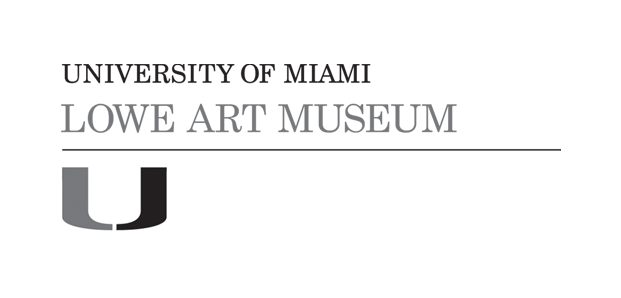Bottle
Artist/Maker
Artist Unknown
(Artist Unknown)
Date2nd to 4th century
CultureRoman
Mediumglass
DimensionsOverall: 6 7/8 x 3 x 2 1/2 in. (17.5 x 7.6 x 6.4 cm)
ClassificationsContainers
Credit LineMuseum purchase through funds from Myrna and Sheldon Palley in honor of the 50th Anniversary of the Lowe Art Museum
Terms
Object number2002.11.5
On View
On viewCollections
3D Model Link













